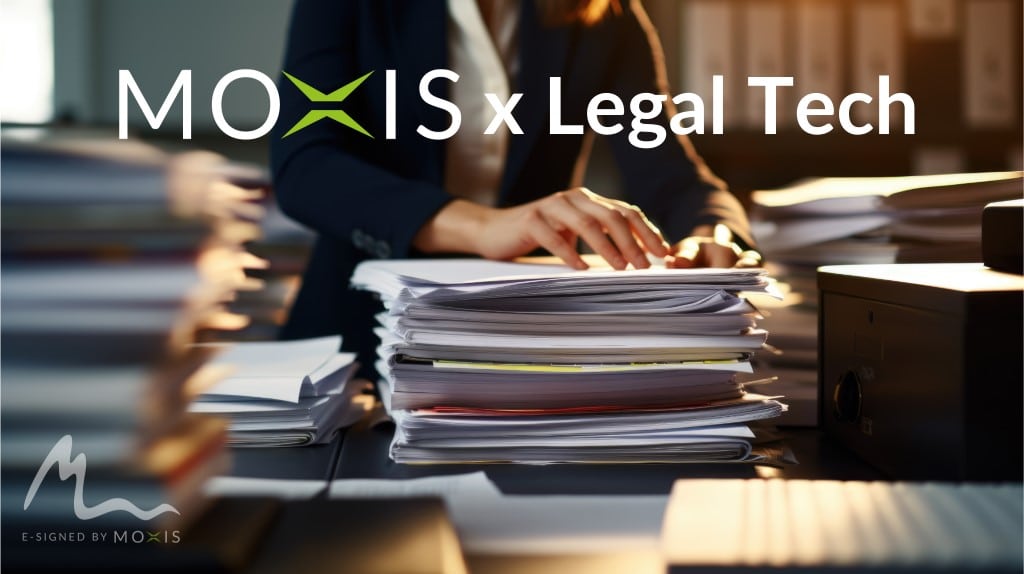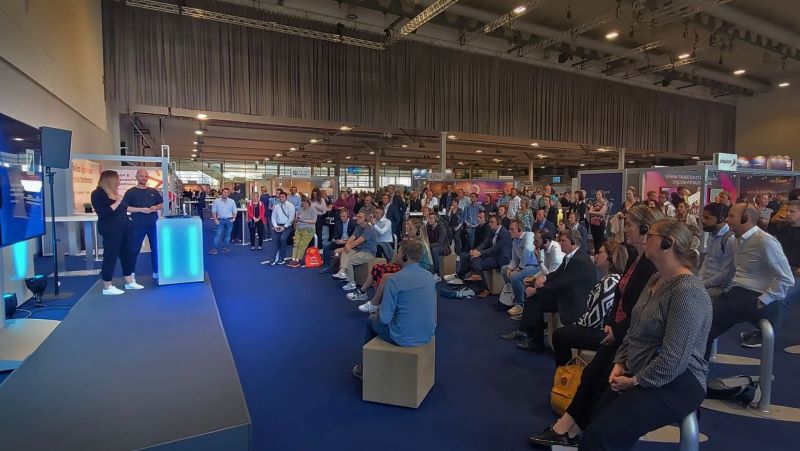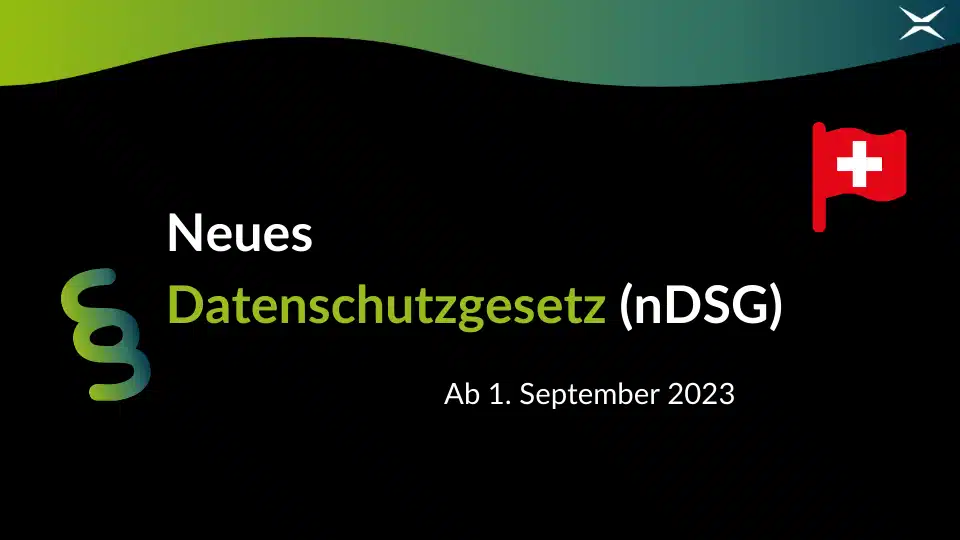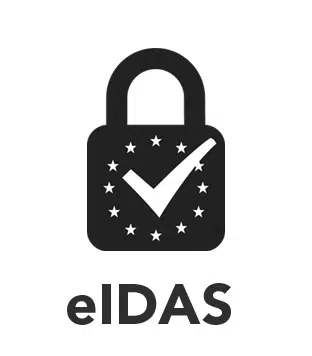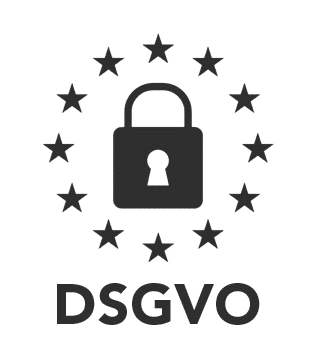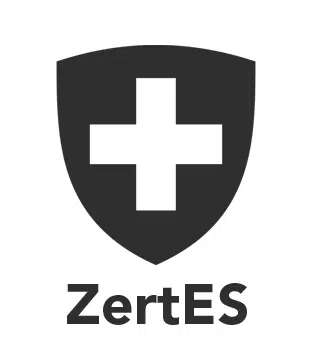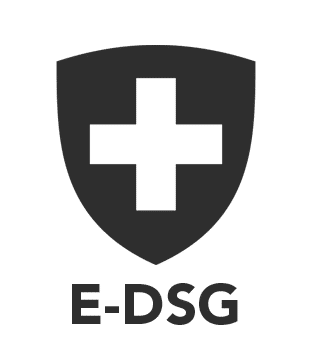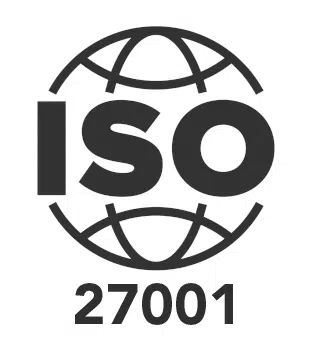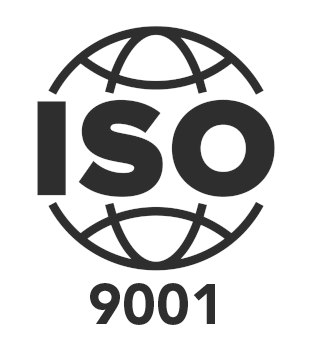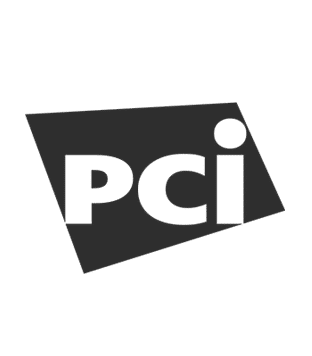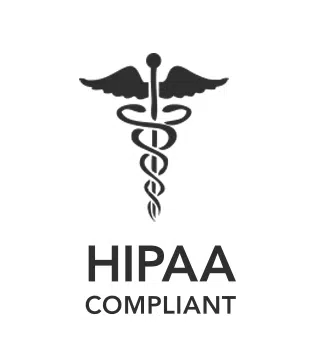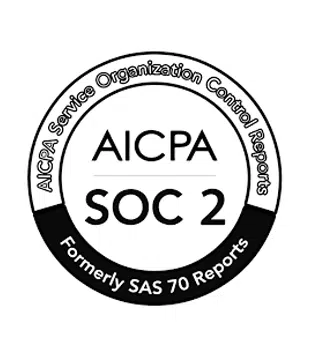In a construction project with a cost dimension of 100 million US dollars, up to 150,000 individual documents are generated - on paper. This involves technical drawings, contracts, legal documents, but also orders from suppliers and, of course, construction plans. Would you say this is a blatant, unrepresentative example?
Gerhard Fliess: Not really. Unfortunately, the construction industry is no exception: in many sectors, paper – in addition to already digitalised processes – is still the natural medium for information and documents to be signed. This example involves a lot of wood, even if only a fraction of these documents need to be signed. Wood whose remains will have to be disposed of and recycled at some point, without the help of the “delete” function on the computer. Add to this the physical and financial expense of maintaining a paper-based archive.
But is digital working and electronic signing per se more environmentally friendly and therefore more climate-friendly than using paper?
The paperless office can be an important building block on the road to the green office. This is indicated by figures on paper consumption and the energy required for this. It takes 5.5 kg of wood, 130 litres of water and 13 kWh of energy to produce 500 sheets of copy paper. With an average paper consumption of 250 kg per inhabitant in Germany, 550 kg of wood must be felled each year, 13,000 litres of water are required and 1,300 kWh of energy. This means that the energy needed for the production of paper per capita in Germany is equivalent to the total annual electricity consumption of one person in a three-person household.

Test MOXIS free of charge for your company..
Get to know the leading e-signature platform and benefit from the advantages of legally compliant digital signatures – no credit card required.
However, it is also clear that the digitalisation of the world is characterised by an immense hunger for energy. The production of hardware and its energy consumption alone are responsible for 2 to 5 % of greenhouse gas emissions worldwide.
Add to this the fact that civil aviation as a whole is responsible for two per cent of greenhouse gas emissions, and it becomes clear just how complex the issue of green IT is. There is no one big solution, but many individual steps. Firstly, we need to make the production of end devices as environmentally friendly as possible, taking into account the entire life cycle from hardware to its disposal.
According to Google, one search query consumes 0.3 watt hours; twenty search queries use 6 watt hours. That is as much as an energy-saving light bulb needs per hour. And with the energy of 200 search queries, you could iron a shirt ...
Just as important as these figures is the question of which end devices are used. Older computers drive up these figures by up to 30 times, and search queries on a mobile phone also consume less energy than the best modern computers. But that is not the end of the story. One example: Google alone has recorded a 20% increase in power consumption since 2016. At the same time, the company is exemplary in its use of renewable energy sources, particularly wind energy.
Gerhard Fliess
Head of Software Development, XiTrust
“Future-proof software must simplify processes! In my view, it is logical that even the most consistent process digitalisation can make a significant contribution to sustainability.”
So, are renewable energies the answer to all questions here too?
It also depends on the mindset of larger companies in particular, whose access to digitalisation can have a fundamental impact on their competitiveness. Future-proof software must simplify processes! In my view, it is logical that even the most consistent process digitalisation can make a significant contribution to sustainability. With the growing demand for energy as a result of the digitalisation of the world, highly efficient software powered by renewable energies is the most ecologically sustainable answer.
The green colour in XiTrust's company logo is probably no coincidence?
XiTrust has the idea of sustainability in its DNA. Electronic signature processes save time, make physical transport routes and logistics superfluous and can be realised entirely without the natural resource of paper. In our development work, we also focus on the best possible usability of our products, especially MOXIS. This very specific customer benefit alone has enormous potential to work more efficiently and sustainably every day than in the past.


